Given a set of 5 cameras positioned as shown in the image below which capture the top, front, rear, left and right views of an object placed in the center.
Also given that the origin of the world coordinate is assumed to be the top view (therefore used as the reference view), how do I go about calculating the rotation and translation (external parameters of the cameras) of all other 4 cameras relative to this top camera. The front, rear, left and right cameras have also been slanted 45 degrees (about the x axis) to capture the object in the middle.
The calculation of the external parameters will later be used to calculate the projection matrix for each camera (the internal parameters are known)
